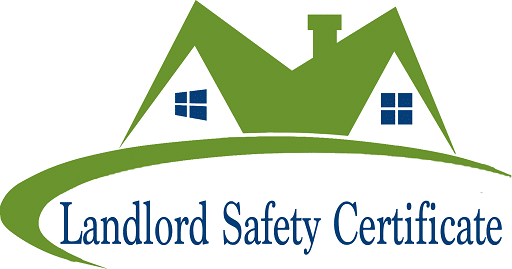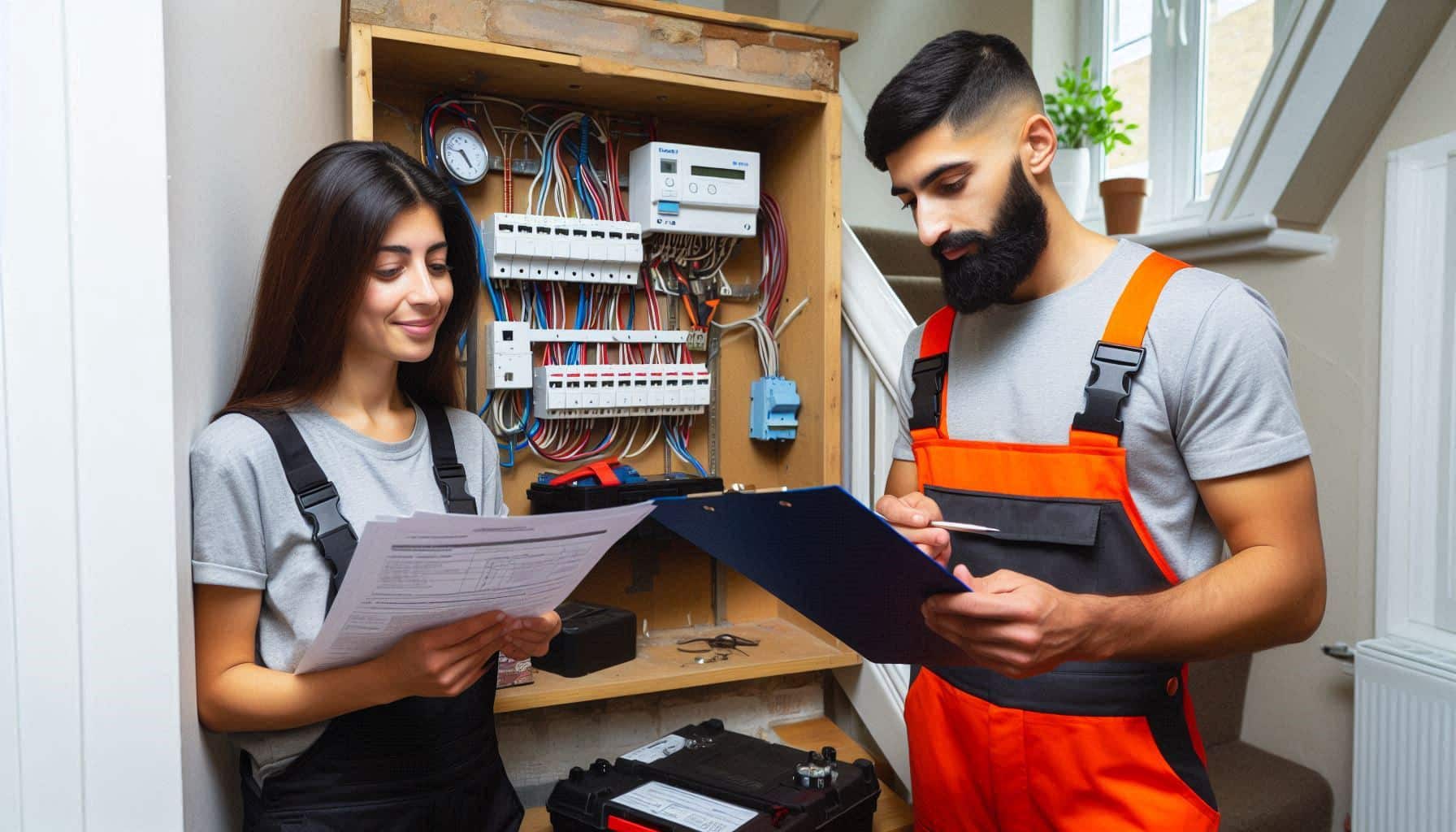
Receiving a failed EICR report can be stressful for any landlord in London. However, knowing how to respond properly can help you resolve the issues quickly and stay compliant with UK law. Whether it’s your first time dealing with a failed report or you’ve had to manage electrical problems before, this guide provides the failed EICR solution you need to avoid penalties and protect your tenants.
An EICR (Electrical Installation Condition Report) assesses the safety of your property’s electrical systems. When an EICR is marked as “unsatisfactory,” it means that one or more issues have been identified which pose a risk to safety.
These issues are often classified into three categories:
• C1: Danger present – immediate action required
• C2: Potentially dangerous – urgent repairs recommended
• FI: Further investigation required
If any C1 or C2 issues are found, the report will fail. This is where landlords must act fast with the right failed EICR solution to stay within legal boundaries.
Delaying action after receiving a failed EICR can increase both your legal and financial risks. London landlords are under strict legal obligations to resolve safety issues immediately, especially those marked as C1 or C2. If you ignore the findings, not only could your tenants be exposed to danger, but you may also invalidate your insurance policy. A swift failed EICR solution helps to restore safety and compliance before any enforcement action is taken by the local authority.
Remember, a failed report doesn’t always mean the property is unsafe to live in — but it does indicate that repairs are needed to bring it up to legal standards. Promptly arranging electrical repairs London professionals recommend ensures you stay on the right side of the law and protect your reputation as a responsible landlord.
In London, the law requires landlords to address electrical faults promptly. If your EICR fails:
• You must carry out remedial work within 28 days, or sooner if specified by the electrician.
• Once the repairs are done, you need a written confirmation that the work has been completed to the required standard.
• You must supply this documentation to your tenants and local authority within 28 days.
Failing to act after a failed EICR report could result in serious consequences, including fines of up to £30,000. That’s why arranging electrical repairs in London as soon as possible is essential.
Here’s what landlords in London should do when faced with a failed EICR report:
Understand the nature and severity of each code (C1, C2, or FI). If you’re unsure, consult with your electrician for clarification. They can help you prioritise the electrical repairs London properties commonly need.
Don’t delay. Choose a qualified and registered electrician with experience in electrical repairs London. Make sure they are NICEIC approved and understand landlord regulations.
After the repairs, your electrician must issue a written confirmation. In some cases, a new EICR may be required to verify the property is now safe and compliant.
Within 28 days of completing the repairs, provide written evidence to your tenants and the local council. Transparency helps build trust and ensures compliance.
By following this failed EICR solution, London landlords can protect both their property and their legal standing.
Choosing the right professional is essential when dealing with a failed EICR. Not all electricians are qualified to handle landlord compliance work, so it’s important to choose someone registered with NICEIC or another recognised governing body. When seeking a failed EICR solution, look for electricians in London who specialise in rental properties and understand the urgency of meeting deadlines.
Reliable providers of electrical repairs London landlords trust will also offer clear documentation, competitive pricing, and guidance on preventing future issues. Don’t just go for the cheapest option — quality matters when it comes to tenant safety and legal compliance.

Many failed reports are due to outdated or unsafe installations. Typical electrical repairs London landlords may face include:
• Replacing consumer units (fuse boxes)
• Upgrading outdated wiring
• Repairing faulty sockets or light switches
• Installing RCD protection
• Fixing earthing and bonding issues
Working with an experienced electrician ensures all repairs meet current regulations, reducing the risk of repeat failures in future EICRs.
While a failed EICR report can be resolved, prevention is always better than cure. Here’s how to reduce the risk of future failures:
• Schedule regular visual inspections
• Fix minor issues promptly before they become serious
• Work only with qualified professionals for all electrical jobs
• Keep detailed records of maintenance and previous reports
By maintaining your property’s electrics, you’ll avoid future disruptions and demonstrate your commitment to tenant safety.
To avoid future failures, create a digital compliance calendar that reminds you of all essential inspection dates. Note when the EICR is due, record past faults, and track when each repair was completed. Staying organised is a key part of implementing a long-term failed EICR solution. It also helps if the local council ever requests evidence that you’re meeting your legal obligations.
By working with trusted professionals for electrical repairs London, maintaining up-to-date records, and acting on any issues early, you’ll create a safer, more efficient rental operation — and reduce the risk of costly disruptions.
A failed EICR report is not the end of the world — but it must be handled properly. Acting quickly and hiring the right professionals for electrical repairs London ensures your rental remains compliant, safe, and legally protected. With the correct failed EICR solution, you can resolve issues efficiently and avoid unnecessary stress or fines.
If you need help with EICR failures or electrical repairs in London, get in touch with our certified team today. We provide fast, reliable, and fully compliant electrical services tailored to landlords’ needs.

